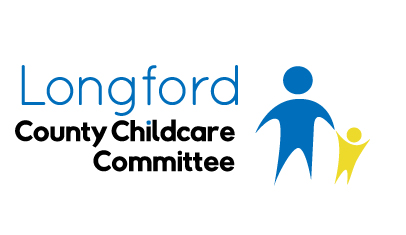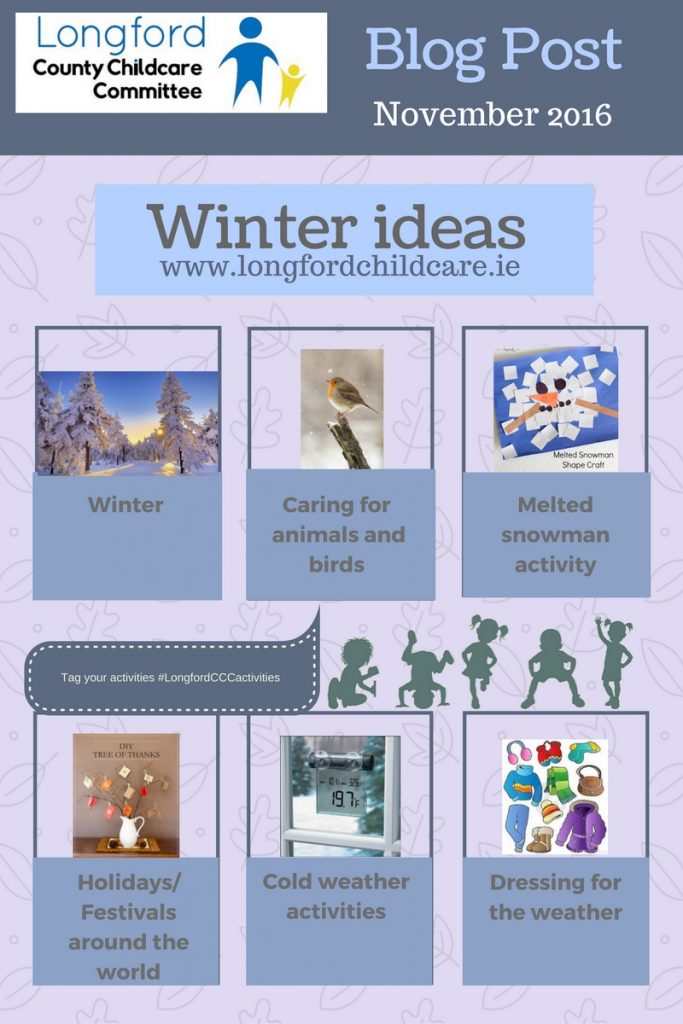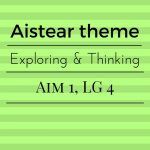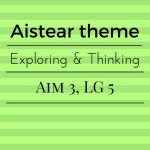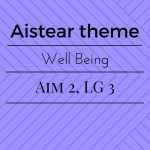Winter Ideas for your early years service
This is the first of our two part blog on winter ideas for your early years service. Lots of information so, let’s get started.
Describing Winter
Describing Winter is the first activity to do in your early years service. Listing out the months of winter; November, December and January. Explaining things about Winter, it is the coldest season of the year in temperate climates which Ireland is. Winter is caused by the axis of the Earth in that hemisphere being oriented away from the Sun. When it is winter in the Northern Hemisphere, it is summer in the Southern Hemisphere (you can tell your children that in Australia and New Zealand, Africa and South America, they are experiencing summer) and vice versa. The winter solstice in Ireland falls on the 21st December of each year, meaning this day will have the shortest day and the longest night. The winter solstice sunrise illuminates the passage and chamber at Newgrange for a few days during the same time each day. Look at this site for more information www.knowth.com All interesting facts about Winter.
Animals & birds
Animals
During this time of year, we must not forget the little animals and birds. It is alright for us, we can put on our winter woollies and thermals and hibernate beside a roasting fire, but for many little animals the struggle is real. In autumn, you would have told your children about the animals getting ready for hibernation. Hedgehogs in particular hibernate under piles of leaves and logs, you may have seen little shelters in shops you can buy for hedgehogs, to encourage hedgehogs into the garden and keep them safe in the winter months. Butterflies and bugs also hibernate in winter, so butterfly/bug hotels are ideal for these insects to hibernate during the winter months. Whilst you can buy them, a great activity for your early years service is to build on yourself. These can be made from timber, bricks, pine cones, etc. Pinterest have great ideas and inspiration or have a look at our Enhancing outdoor play which has how to create a bug hotel on page 16.
Birds
If you want to help your garden birds this winter, the most obvious thing you can do is to feed them. Why not make a bird feeder. If you are interested in seeing different species in your garden then food variety is key. Niger seed is great for attracting strikingly coloured goldfinches, while sunflower seeds are popular with finches and tits. You can also buy “fat balls” which are very nutritious for birds or make them with the children. Once you start feeding your garden birds, aim to do it regularly. Remember to hang your bird feeders in areas that leave the birds less vulnerable to predators (cats). Click here for a link to a pdf about garden birds, if you scroll down the link, you will get a lovely poster of the Irish garden birds. To extend your activity and incorporate numeracy you can create a chart and let children count the different birds they see and how many come to your outdoor space to visit. You may need some binoculars for your classroom (available at www.littlesones.ie for €6.95) and print off the poster from the link of the birds, to allow the children to identify them.
Melted snowmen/women
This is a great winter activity idea for young and older children, the younger children learn about their shapes and colours, and all children get to refine their fine motor skills, older children can draw their own shapes on specified colours by cutting and placing the pieces on the page.
What you will need:
- Glue sticks
- Brown, black, blue white and orange card/ paper
- Scissors
How to do it:
- Cut squares out of the white card.
- Cut small circles out of the black card for buttons and larger ones for the eyes.
- Cut triangles out of the orange card.
- Cut long rectangles for the arms out of the brown card.
- Here’s the fun part, children can now stick the pieces to the blue page, and can do so whatever/whichever way they choose.
You don’t have to stick to the colour card as stated, be as creative as the children like.
(source:www.mominspiredlife.com)
Use Aistear Learning Stories to document the children’s learning from these activities, look at the AistearSíolta practice guide for some ideas.
